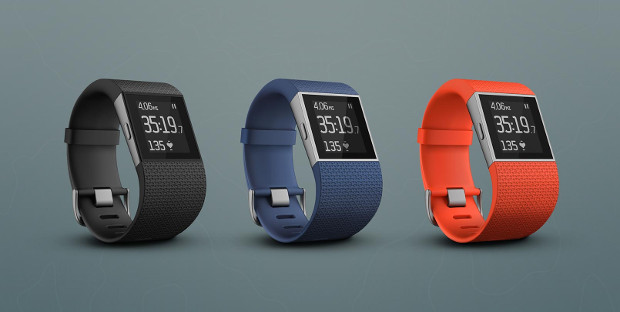 Back in 2013, Fitbit had to recall the Fitbit Force activity tracker after a number of reports of skin rashes. The product was discontinued and earlier this year, the company unveiled three new wearables, including its first smartwatch, the Fitbit Surge. Unfortunately, reports of skin rashes caused by wearing these new devices have resurfaced as well.
Back in 2013, Fitbit had to recall the Fitbit Force activity tracker after a number of reports of skin rashes. The product was discontinued and earlier this year, the company unveiled three new wearables, including its first smartwatch, the Fitbit Surge. Unfortunately, reports of skin rashes caused by wearing these new devices have resurfaced as well.
Fitbit has confirmed that a “very limited percentage of users” are experiencing skin irritation due to wearing the Fitbit Surge and Charge bands. It suggests that such reactions are not “uncommon with jewelry or wearable devices that stay in contact with the skin for extended periods.” It goes on to provide advice from their dermatologists on how to avoid such issues.
Fitbit users are told to not wear their devices too tightly and to keep their bands clean and dry. They should also take breaks from wearing the device. That last appears to be at odds with the Surge’s purpose as an all-day and even night-time activity tracker.
Here is Fitbit’s full statement on the issue:
We continue to be aware of a very limited percentage of users reporting skin irritation among our users.
The reactions we are seeing with new products are not uncommon with jewelry or wearable devices that stay in contact with the skin for extended periods. According to our consulting dermatologists, they are likely from wearing the band too tight; sweat, water, or soap being held against the skin under the device; or from pressure or friction against the skin and should resolve quickly when users take a break from the device, usually within hours or days.
We encourage anyone wearing an activity-tracking wristband to follow the guidelines we’ve developed with our team of dermatologists, to educate the public on how to wear and care for devices and keep skin happy: Keep it clean, keep it dry and give your wrist a rest.
We continue to monitor this issue, as it impacts all companies that make products worn next to the skin, particularly the wearables industry as people tend to wear devices for long periods without giving their skin a break.
A number of skin reaction incidents can be found on Twitter:
Having a break from my @fitbit Surge. Might need to stop wearing it – nice rash (and my skin isn't usually sensitive) pic.twitter.com/CNQwfEJO1X
— Shaun Ewing (@swewing) February 11, 2015
Source : TechCrunch
